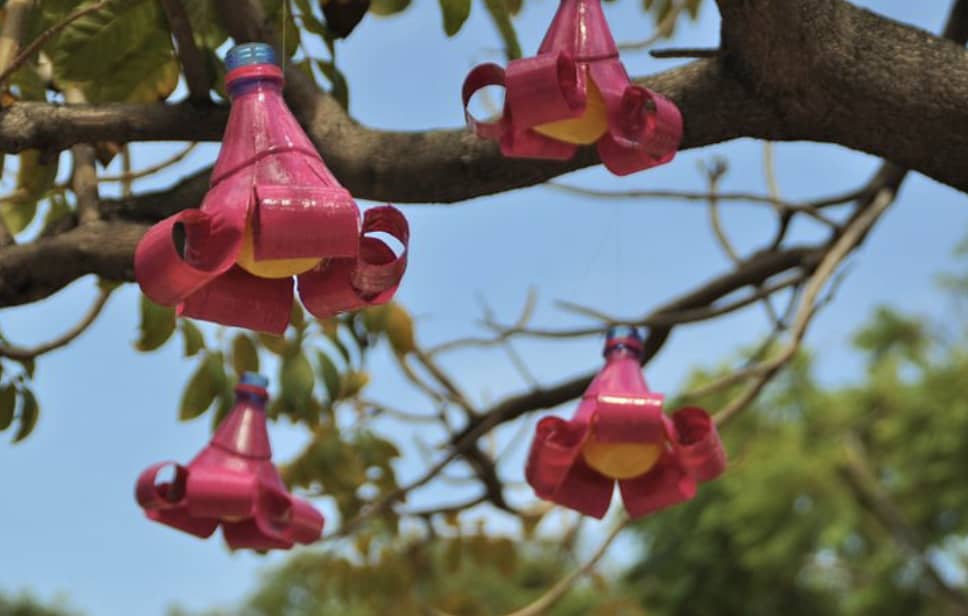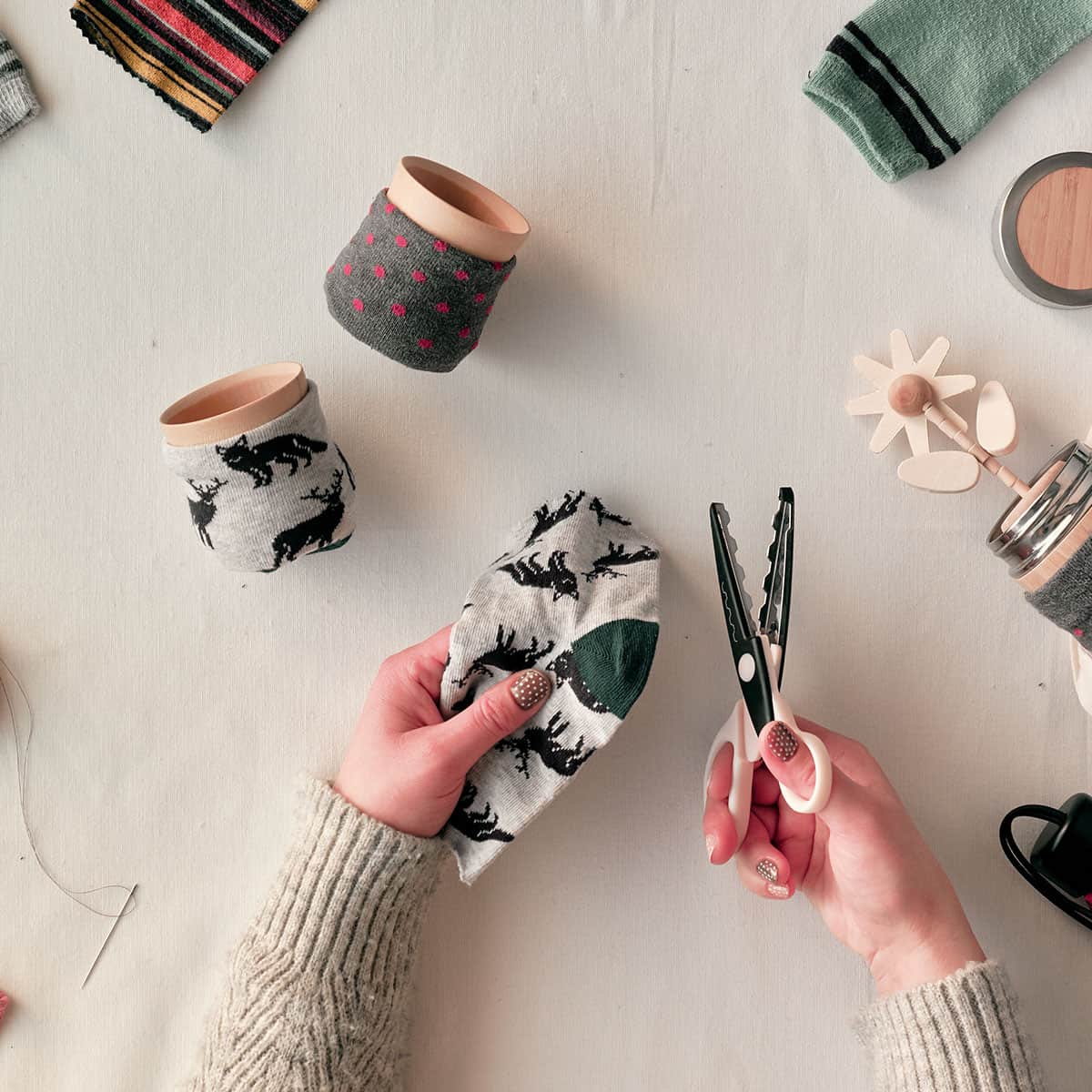Design is the outcome of our thoughts and innovation must play an important part. But, is innovative design alone the future, or are there more to add to it? Well then, innovation is precisely about technique, software, production value, materials, and function. And together with sustainability, it looks like everything is great. There is one important aspect that is overlooked by most of the designers and that is upcycling. The victory of upcycling is that each designer has a unique concept on it. There is more potential for wasted products and there are many different possibilities to it. Producing second life to any product can result in a reproducible product. So, it is in the hands of a designer to find the potential and beauty that is hidden in old textiles, and to decide on what they should become.
In almost all the stages of the design process, it’s likely we may get a lot of waste, both pre-consumer and post-consumer. From production leftovers, swatches and samples, end-of-roll textiles, and deadstock, there is a lot of waste to be found and they are all cheap. With creativity taking its part, the use of these waste materials can be prolonged. Upcycling is to transform materials to equal or higher value products. The term upcycling was introduced in 1994 by Reiner Pilz in an interview with Thornton Kay. A few years later in 1999, Gunter Pauli and Johannes F. Hartkemeyer published a book with the title Upcycling. And it’s great to notice that more designers and brands get to know the uses of upcycle design. When creating any product, we must consider if it could be made by using upcycling and if it’s needed. Designers as well as the public should realize that upcycling is a wonderful way to turn waste into outstanding artistry that is not only classy and functional but also contributes to saving the environment.

There’s yet another aspect about upcycling which hasn’t been mentioned. Rather than environmental benefits, upcycling also stimulates jobs and enhances all the individuals living conditions. Designers, craftsmen, and skilled workers utilize discarded materials and turn them into amazing upcycle products. And in this way trash turns into treasures.
Upcycle design and art have been alive for quite a long time. Around the 90s a few great designers showed design made out of everyday products. They didn’t always use discarded materials and objects, but still, they managed to show what they could do. They pointed out that we should look at objects in a different way. In a way that a certain object could get a new life, a different function. And by doing so ideas got triggered to use waste and old stuff, transforming them into new design pieces.

